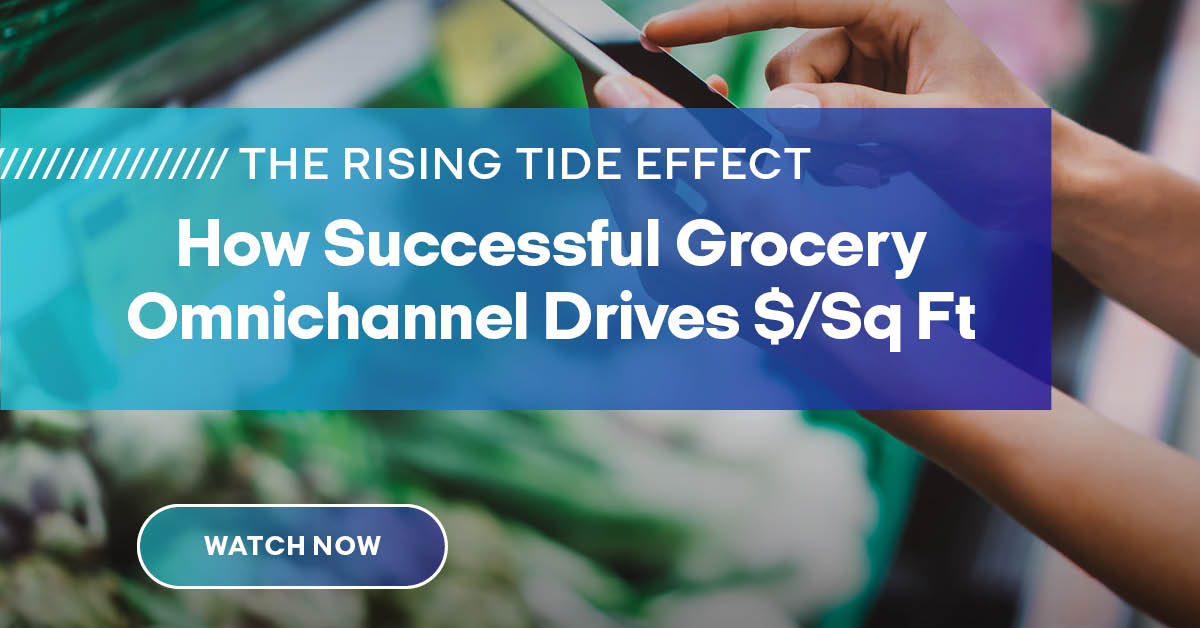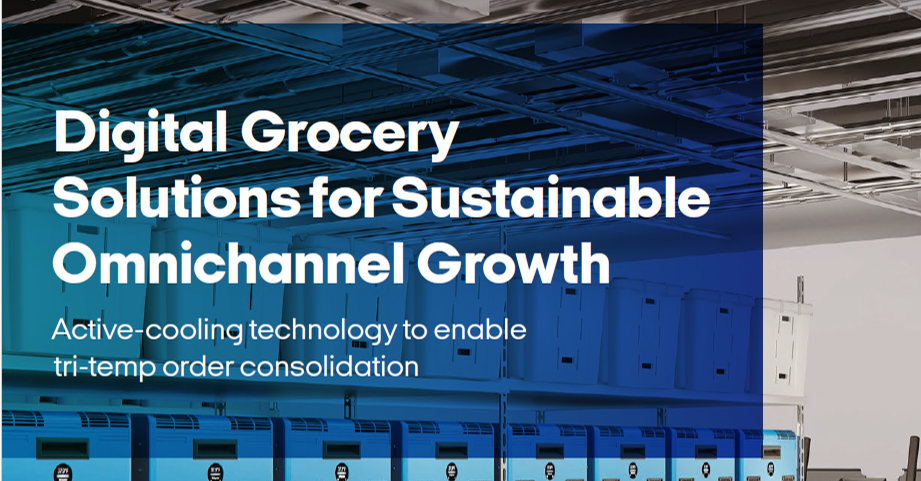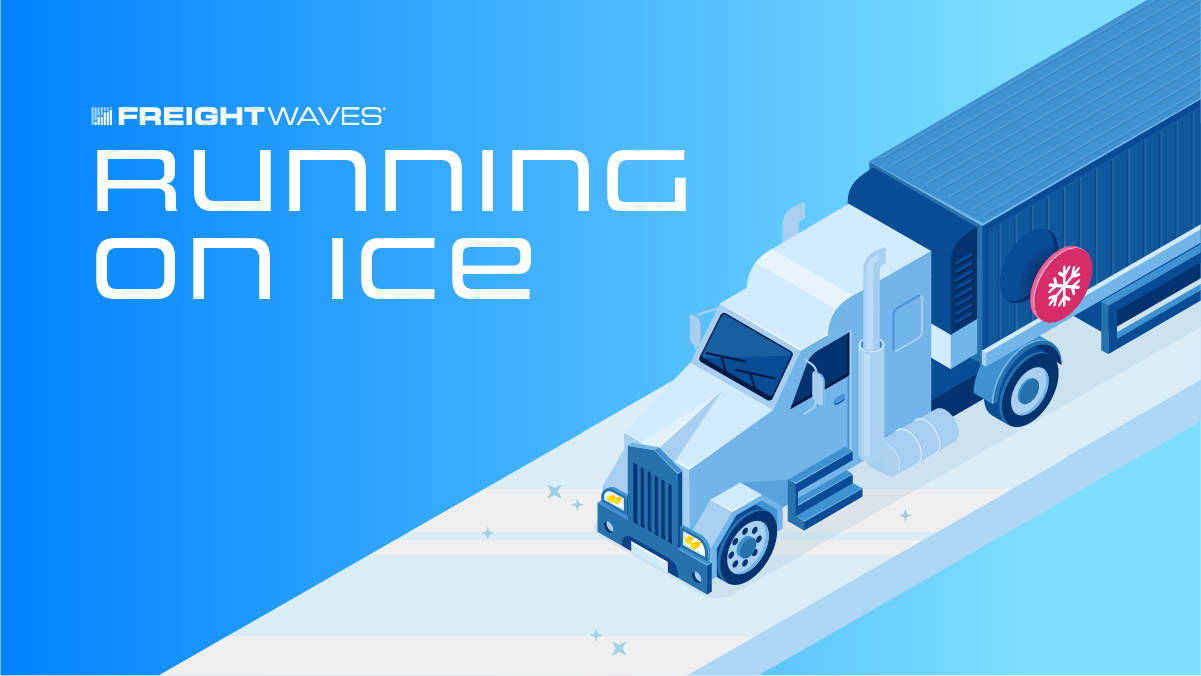3 Reasons Why Grocery Shoppers Prefer Distributed Refrigeration
June 13, 2019
For a long time, grocery stores were the only game in town. Consumers of all ages came together week after week at local supermarkets to purchase all of the food items on their shopping list at a good value, in a convenient manner.
As retail models have shifted drastically over the past few decades, traditional grocery retailers can no longer take this scenario for granted. They need to evolve if they want to continue to be top of mind for consumers in the future. Earlier this year, we surveyed 1,100+ adults across the United States to better understand how they feel about grocery stores and the food shopping experience.
What did we find out? That while our love affair with grocery store shopping hasn’t completely dissolved, it certainly has fizzled. Two in five respondents (39%) like shopping in grocery stores very much, but a greater number (44%) say they only “somewhat” like the experience.
SURVEY STATS AT A GLANCE: Store of the Future infographic
At the same time, food delivery options like Walmart Pickup, Blue Apron and HelloFresh are gaining traction – and market share. Overall, one third of all survey respondents have tried a food or meal delivery service. However, the food delivery market gets more and more crowded by the day, with both traditional retailers and online players launching new delivery services all the time.
So how can traditional brick-and-mortar stores reach younger Americans and increase sales? And how can food delivery providers stand out among the constantly widening sea of options?
Two words: Distributed refrigeration. Yes, gaining a competitive edge can be that simple, and here are three reasons why:
1. Increase convenience. People want grocery stores to make it easy for them to find things, pair items, and get in and out of the store without complications.
If consumers are going to leave the comfort of their homes to grocery shop, distributed refrigeration can make the experience much more pleasant. In our survey, we found that 85% of Americans want grocery stores to make it easier for them to find and purchase things. That can mean displaying matching products (such as chips and dip or cheese with crackers) next to each other, rather than in their traditional aisles. It can also mean allowing customers to take products out of standalone freezers at their height, instead of bending down to dig through huge chest freezers. Another convenient option is a portable fridge that contains whatever food or beverage item shoppers are sampling that day – so they can easily grab something new they now know they will enjoy. It’s all about making it simple and fast for shoppers to buy more of the products they want.
2. Reimagine the checkout line. You know what’s even more enticing at checkout than a candy bar that dozens of toddlers have already squished between their fingers? Ice cream. A cup of fresh fruit. A grab-and-go protein pack. Almost half of Americans (46%) say grocery stores should have more frozen and/or refrigerated options at the checkout counter and two in five (41%) wish that instead of candy, grocery stores had ice cream at the checkout counter. It’s no secret that the checkout line is the grocery story hotspot for decision fatigue and impulse purchases, so it’s time that retailers really capitalized on that opportunity.
3. Eliminate the fear of the unknown. When it comes to grocery and meal delivery services, consumers firmly believe that what they don’t know can hurt them. Promoting the refrigeration of food in transit and at delivery may give a service the edge it needs to stand out among competitors. Over half of Americans (56%) would be more likely to use a grocery and/or meal delivery service if it had a battery-powered portable fridge to keep the food cold/fresh. Forty-nine percent would even be willing to pay more for these services if they used portable refrigeration.
Distributed refrigeration can play a big role in the future of grocery stores and food delivery services. From healthier food options at checkout to more convenient store layouts, distributed cooling can help grocery retailers improve the shopping experience, and ultimately survive – and thrive – in the increasingly competitive retail landscape.
RELATED READ: Store of the Future eBook









